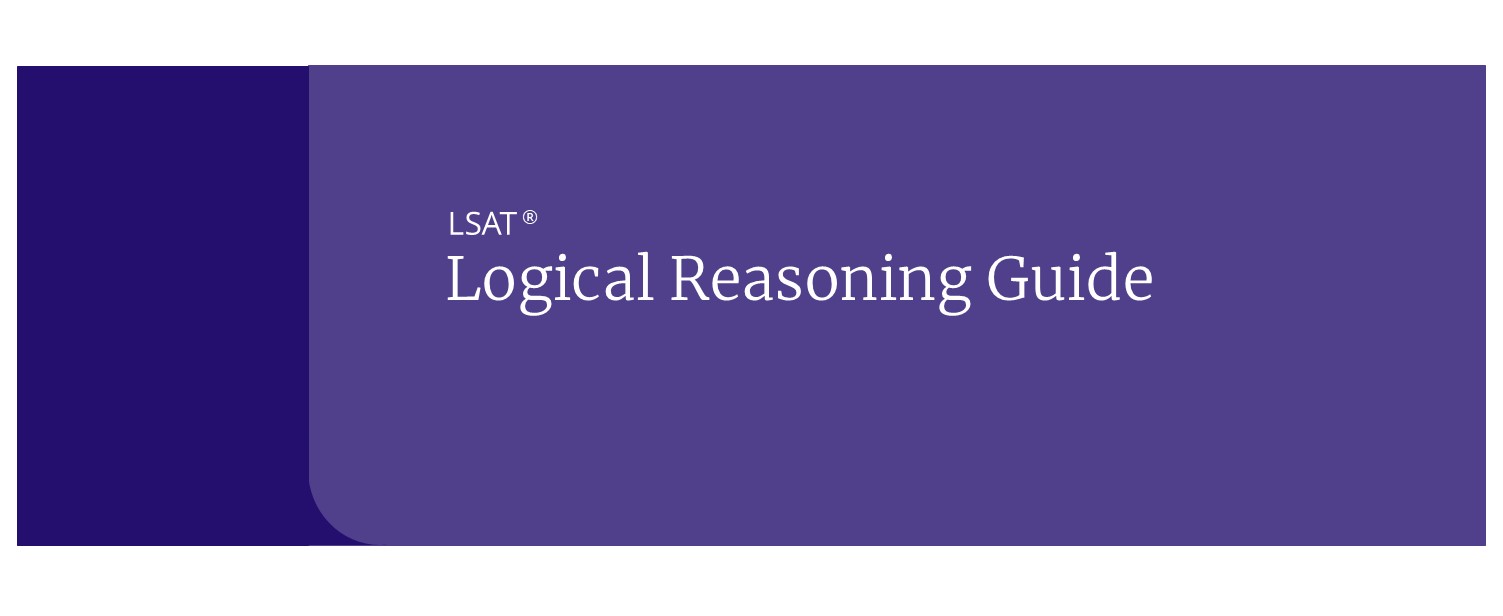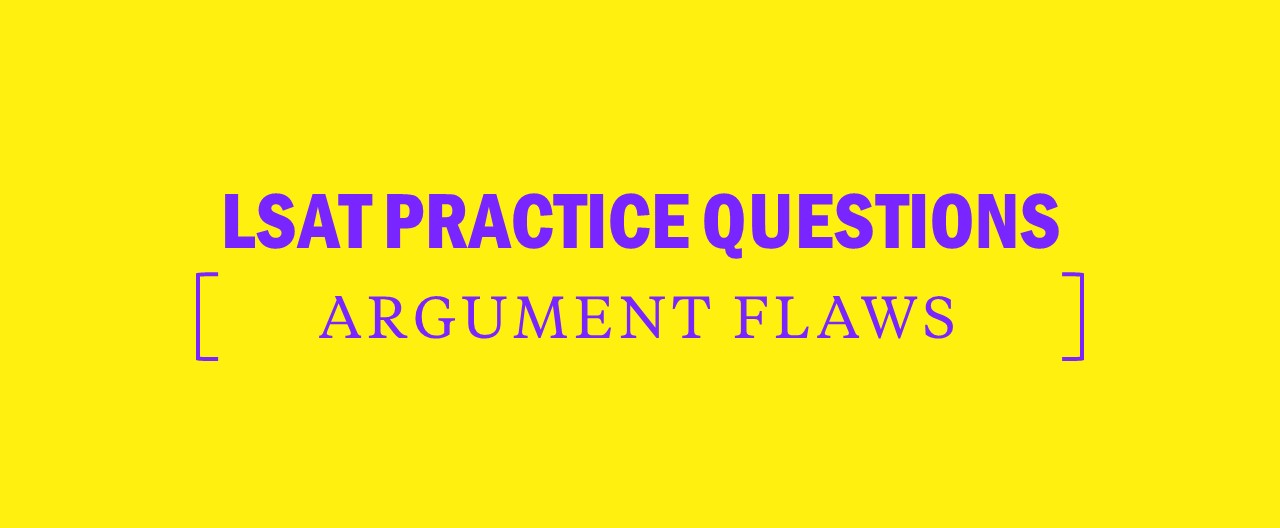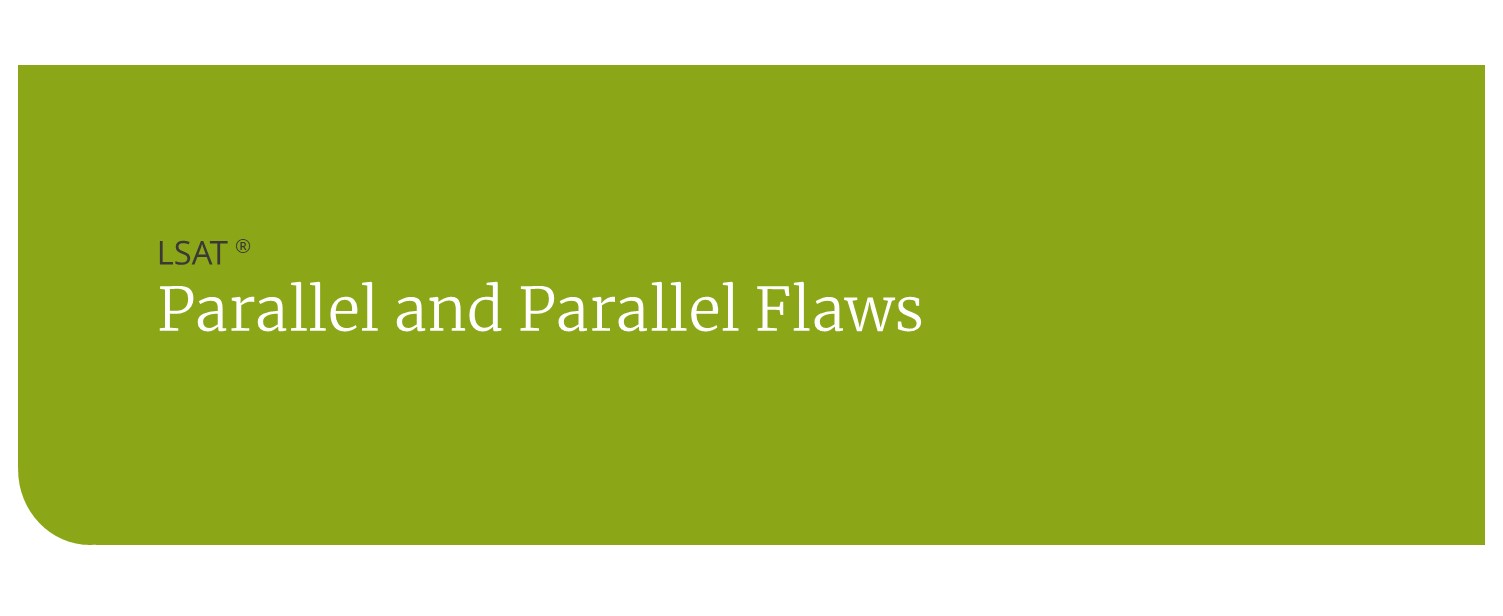Mastering LSAT Logical Reasoning: 5 Tips for Inferences
Logical Reasoning is a crucial component of the test, and in order to excel, you must cultivate effective inference skills. In this article, we will provide you with five essential tips to help you develop a strong foundation in making inferences, a skill that is vital for success on the LSAT.
Tip 1: Understand the Role of Inference in Logical Reasoning
Inferences are logical conclusions drawn from the information provided in the stimulus. In the LSAT, you will be presented with a set of statements or arguments, and it is your task to reason your way to the best possible answers based on the given information. Mastering inferences helps you become a more efficient and accurate problem solver. By recognizing the logical connections between statements and identifying the assumptions being made, you will gain a deeper understanding of the central argument.
Tip 2: Read Carefully and Extract Key Information
The first step to making strong inferences is to read and comprehend the stimulus carefully. Rushing through questions may lead to misinterpretations, resulting in incorrect inferences. Pay close attention to the facts, assertions, and relationships presented. Ask yourself: What are the main ideas being conveyed? What evidence or reasoning is being provided? By thoroughly understanding the stimulus, you will be better equipped to identify the information necessary for drawing valid inferences.
Tip 3: Identify and Analyze Logical Gaps
In many Logical Reasoning questions, there are gaps between the information provided and the desired conclusion. Identifying these gaps is crucial for making accurate inferences. Pay attention to unstated assumptions and connections that might exist between different elements in the stimulus. By filling these logical gaps, you can bridge the link between the given information and the intended conclusion. Practice identifying these gaps in a variety of stimuli to enhance your skills in making inferences effectively.
Tip 4: Apply Negation Techniques
Negation techniques can be powerful tools in strengthening your inference-making abilities. In many LSAT questions, negating the answer choices can assist in determining a correct inference. By negating a statement and finding that it contradicts the stimulus or leads to an illogical outcome, you can eliminate that choice as a plausible inference and move on to evaluate the remaining options. This technique helps you identify the statements that must be true based on the given information.
Tip 5: Rely on Logic, Not Outside Knowledge
The LSAT is designed to test your logical reasoning skills without requiring any prior specialized knowledge. It is fundamental to rely solely on the information contained in the stimulus when making inferences. Avoid bringing in outside information or personal opinions that may bias your judgement. Remember that everything you need to answer the question accurately will be provided in the stimulus itself. By maintaining this mindset, you can develop a methodical and efficient approach to inferences.
Bonus Tip: Practice, Practice, Practice!
To excel in inferences, consistent practice is key. Regularly engage with a variety of LSAT materials, identifying and making inferences as you tackle the questions. As you practice, concentrate on quality over quantity. Take the time to analyze the choices, eliminate the incorrect ones, and explain your thought process for each inference. This will help you identify patterns, understand the types of inferences typically tested, and refine your approach.
You are now armed with five essential tips to strengthen your inference-making skills for the LSAT Logical Reasoning section. By understanding the importance of inferences, extracting key information, identifying logical gaps, applying negation techniques, relying on logic, and practicing regularly, you are well on your way to excelling on this critical section of the LSAT exam. Remember, practice makes perfect, so dedicate ample time to strengthen your inference-making abilities.




